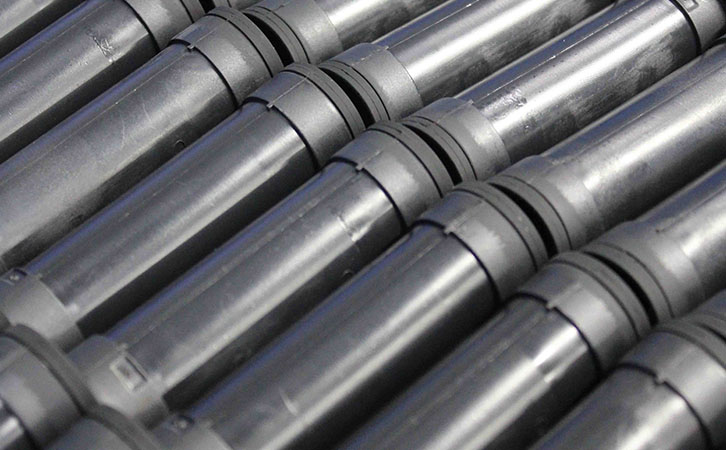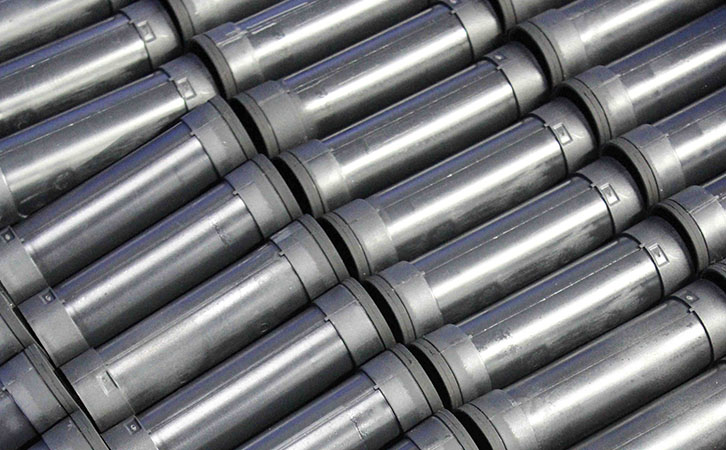The production process of liquid silicone wrapped plastic short tube:
The production of liquid silicone rubber (LSR) wrapped plastic short tube joints combines the structural strength of plastic with the excellent sealing performance of silicone. The main process is as follows:
Plastic substrate injection molding: Firstly, high-quality plastic raw materials (such as PP, PE, ABS, etc.) are used to make the short tube substrate through injection molding process, ensuring that it has sufficient mechanical strength and dimensional stability.
Pre treatment and positioning: Plastic parts undergo surface treatment (such as plasma activation or coating with adhesive) to improve their adhesion with silicone, and then are precisely placed into liquid silicone encapsulation molds.
Liquid silicone injection molding coating: Using a secondary injection process, high-pressure liquid silicone is injected into the mold and evenly coated on key sealing parts of the joint (such as pipe openings and threads).
High temperature vulcanization curing: The mold is heated to 120-200 ℃ to cause cross-linking reaction of the silicone gel, forming an elastic sealing layer and firmly bonding with the plastic substrate.
Post processing and testing: Trim the burrs, conduct air tightness and pressure resistance tests to ensure that the sealing performance meets the standards.

Advantages of liquid silicone encapsulated plastic parts:
Good elastic sealing performance: The high resilience of silicone allows it to tightly fit different pipe diameters, compensate for assembly tolerances, and prevent medium leakage.
Wood resistant and end environment: silica gel has a wide temperature resistance range (-50 ℃~200 ℃), resistance to aging, ozone, acid and alkali corrosion, and is suitable for harsh conditions.
Vibration resistance and durability: The low-pressure permanent deformation rate of silicone ensures that the sealing force is maintained after long-term use, avoiding loosening caused by vibration or thermal expansion and contraction.
Soft cushioning and anti-wear: The silicone layer can absorb mechanical vibrations, reduce pipe wall friction, and extend the service life of the joint.
Multi material compatibility: Liquid silicone can be modified to adjust its hardness (Shore A 10~80) and adapt to different plastic substrates (such as PC, ABS, etc.), enhancing design flexibility.
This technology is widely used in automotive oil pipes, medical treatment conduits, and industrial fluid systems, balancing structural strength and dynamic sealing requirements.


